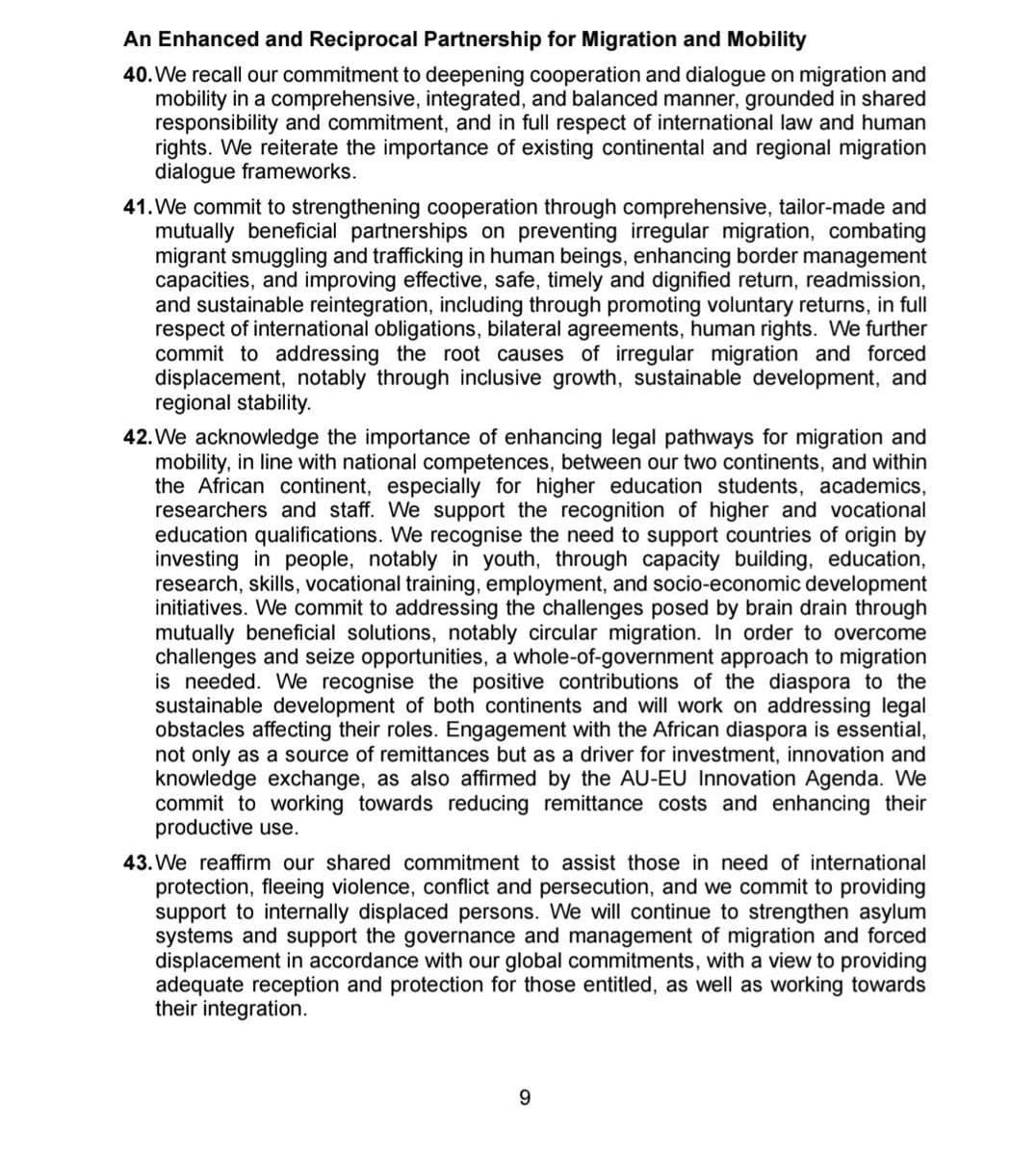The emergence of the ICEBlock app, designed to track the movements of U.S. Immigration and Customs Enforcement agents, highlights an urgent and alarming response to escalating federal overreach. With the backdrop of nearly 14,000 noncitizen apprehensions reported by ICE in 2023, this community-driven tool aims to protect vulnerable populations by providing real-time updates on ICE sightings. As the app gains traction, it raises pivotal questions about privacy, community safety, and the broader implications of government surveillance.
ICE’s Aggressive Tactics Fuel Community Fear
U.S. Immigration and Customs Enforcement has been increasingly active in immigrant communities, with reports indicating a significant uptick in their enforcement actions. As outlined in the ICE Enforcement and Removal Operations Statistics, the agency’s operations have resulted in numerous arrests, creating an atmosphere of fear and uncertainty. This environment has prompted communities to seek ways to protect themselves, leading to the development of apps like ICEBlock.
Privacy Concerns and Community Empowerment
ICEBlock positions itself as a privacy-first solution, claiming to collect no personal data from users. The app"s design emphasizes anonymity, allowing users to report sightings without revealing their identities, which is crucial in a climate where personal data can be weaponized against vulnerable populations. However, the question remains: can we trust a technology that operates in the shadows of government surveillance? As reported by research on mobile app privacy, user confidence hinges on transparency. While ICEBlock’s intentions are noble, the risk of misuse and false reporting looms large.
\n\n
ICE agents arrest more than 1,200 migrants in weekend raids | Fox News ...
Community-Driven Reporting: A Double-Edged Sword
The app allows users to report ICE sightings in real-time, creating a network of community-driven vigilance. This feature can empower individuals to protect one another but also raises fears of false reports that could lead to unwarranted panic or harassment. A user review highlights concerns about the app"s current functionality, noting that while the concept is sound, execution flaws could hinder its effectiveness. As one user pointed out, the app can be clunky and lacks the intuitive design necessary for widespread adoption.
The Broader Implications of Surveillance Technology
ICEBlock is not merely a response to local enforcement actions; it represents a growing trend in the use of technology as a tool for civil rights protections. However, the app also reflects an unsettling reality: a society where citizens must monitor their own government to ensure their safety. The app"s functionality raises critical questions about the balance between community safety and the potential for abuse of power by both the government and individuals. The increasing reliance on surveillance technology may inadvertently normalize a culture of distrust and fear.
\n\n
June 9, 2025 - Los Angeles protest news | CNN
Global Context of Immigration and Surveillance
The issues surrounding ICEBlock echo broader global trends in immigration policy and surveillance. Countries around the world grapple with similar challenges, where governments employ technology to monitor and control populations. The use of apps like ICEBlock could inspire similar initiatives in other countries, raising alarms about the potential for technology to facilitate state control under the guise of safety. As noted in a Brookings Institution article, a liberal immigration regime is essential for democratic societies, and the overreach of agencies like ICE threatens to undermine these values.
As ICEBlock gains visibility, it exposes the fragile line between community empowerment and the perils of surveillance technology. The app embodies the urgent need for innovative solutions in the fight against government overreach, but it also serves as a reminder of the complexities and dangers inherent in our reliance on technology to protect civil liberties.







![[Video] Ukrainian An-124 Cargo Plane Lands in Israel for Unspecified Load](/_next/image?url=%2Fapi%2Fimage%2Fthumbnails%2Fthumbnail-1764420658156-36b0b4-thumbnail.jpg&w=3840&q=75)
![[Video] Ukrainian Sea Baby Drones Disable Two Russian Tankers in Black Sea](/_next/image?url=%2Fapi%2Fimage%2Fthumbnails%2Fthumbnail-1764420086294-elzana-thumbnail.jpg&w=3840&q=75)